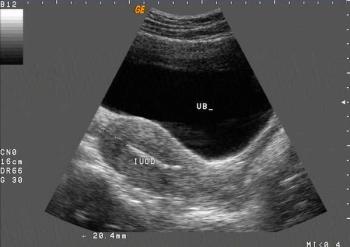
Over the past decade, a technique has been developed that can reduce or stop your periods without a hysterectomy. This surgery can be done in women who have flooding either with or without fibroid tumors. Dr. Dott was one of the surgeons who introduced this minimally invasive procedure in Atlanta. He has performed this procedure many times and is certified by the Accreditation Council for Gynecological Endoscopy in Advanced Hysteroscopic Surgery. He has taught this procedure in training institutions both in the United States and Russia.









